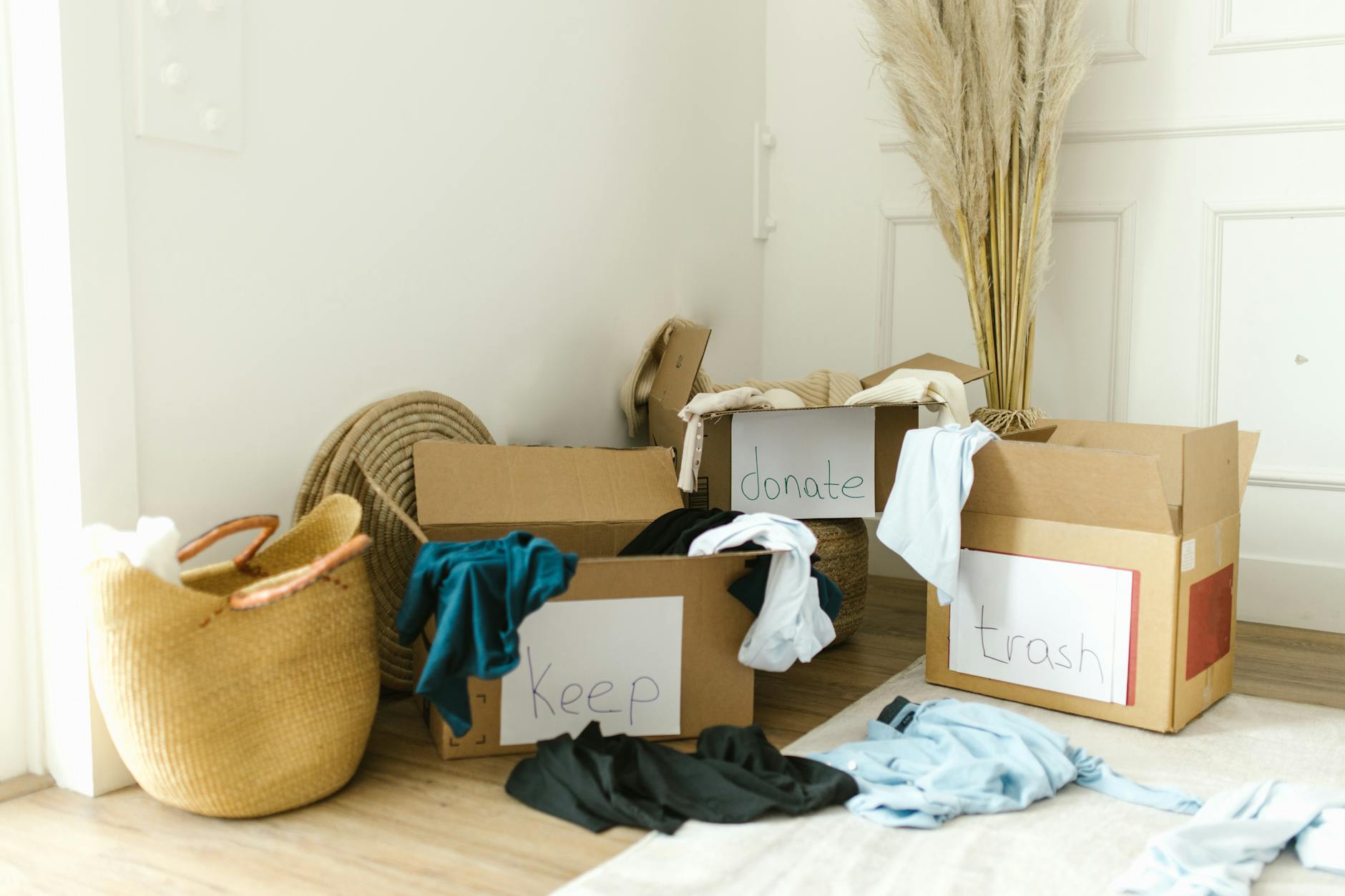Relocation Furniture Salvage: Effortless 3-Step Guide
Relocating to a new home can be both exciting and overwhelming. One of the biggest challenges during a move is transporting and safeguarding your furniture. Whether you are moving across town or to a different state, ensuring your furniture arrives in pristine condition is essential. However, accidents can happen during the moving process. This is where furniture salvage techniques come in handy. Follow this effortless 3-step guide to salvage your furniture during relocation.
Assess the Damage:
The first step in salvaging furniture during relocation is to assess the damage. Begin by carefully examining each piece of furniture for any visible signs of wear and tear. Look for scratches, dents, or cracks that may have occurred during the moving process. Take note of any damages as this will help you prioritize which items need immediate attention.
Focus on the most heavily damaged pieces first. For example, if a dining table has a scratch on the surface, you may be able to conceal it with a touch-up marker or a furniture repair kit. For larger damages such as a broken leg on a chair or a cracked cabinet door, consider seeking professional help. Furniture restoration experts can often repair even severe damages, making your furniture look as good as new.
Furthermore, it’s important to inspect the structural integrity of each piece. Check for loose joints, wobbly legs, or any other issues that may compromise the stability of the furniture. Reinforce weak spots with wood glue or screws to prevent further damage during transit.
Invest in Protective Packaging:
Once you have assessed the damages, the next step is to invest in protective packaging for your furniture. Proper packaging can prevent scratches, dents, and other damages that may occur during transportation. Make sure to use high-quality packing materials such as moving blankets, bubble wrap, and sturdy cardboard boxes.
For delicate items like glass tabletops or mirrors, use special padding such as foam corners and cardboard edge protectors. Wrap each piece securely to provide cushioning and protection against impact. Additionally, disassemble furniture whenever possible to make it easier to pack and transport. Store screws, nuts, and bolts in labeled bags to ensure easy reassembly at your new location.
Label and Organize:
The final step in salvaging furniture during relocation is to label and organize your items. Proper labeling will help movers handle your furniture with care and place it in the correct room at your new home. Use color-coded stickers or markers to indicate which room each piece belongs to.
Create a detailed inventory list noting the condition of each item before packing it. This will serve as a reference in case of any disputes or insurance claims related to damages during the move. Keep the inventory list with you throughout the relocation process for easy access.
By following this 3-step guide to furniture salvage during relocation, you can ensure that your valuable pieces arrive safely and in excellent condition at your new home. Taking the time to assess damages, invest in protective packaging, and label your items properly will make the moving process smoother and less stressful. With these simple yet effective steps, you can safeguard your furniture and enjoy a seamless relocation experience.


